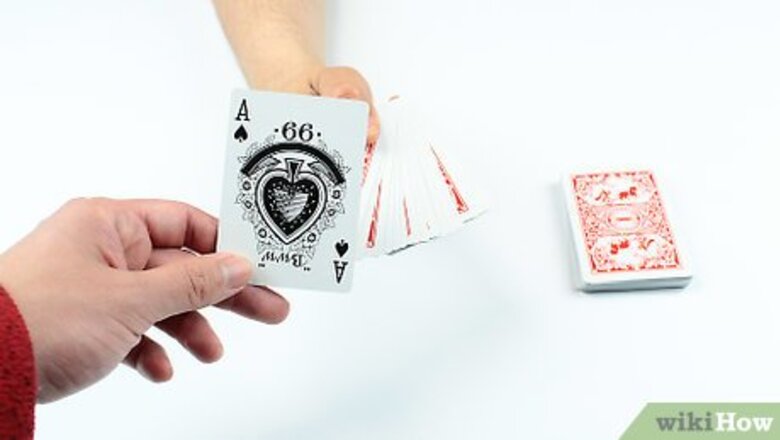
views
Trying the 11th Card Trick
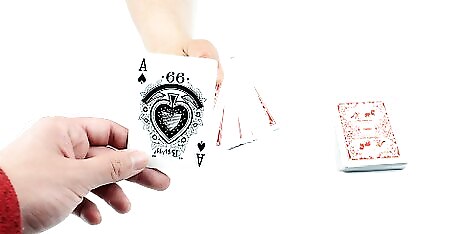
Hand your friend a stack of twenty-one playing cards. Instruct them to pick one out, without showing or telling you which card they chose, and to place the card back into the stack at random.

Deal the cards out face-up in three columns, working row-by-row (1st column-2nd column-3rd column, 1-2-3, 1-2-3, etc). You should have three columns of seven cards in front of you. Have your friend tell you which pile contains their card (without telling you which card it is, of course).
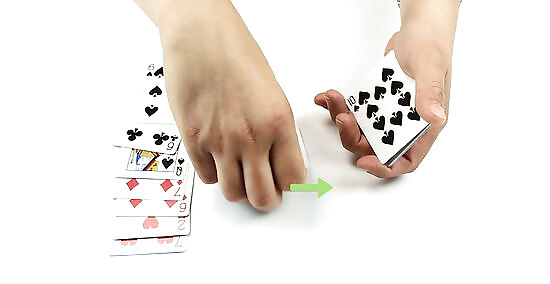
Gather the three columns into one stack of cards again. This time, be sure to put the pile that holds their card in the middle of the three piles. For example, if the first pile contained their card, then you could pick up the third pile first, then the first pile (containing the card) and then the second pile—or the second pile, then the first, then the third. It is very important that the pile containing their card goes into the middle.
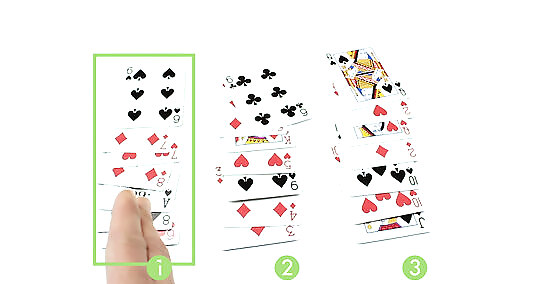
Repeat the past two steps two more times. When done, you will have dealt the cards out a total of 3 times. If you have done the card trick correctly their card with be the 11th card in the pile of cards. Do not flip the deck over at the end, or else you won't be correct.
Doing a "Red and Black" Trick
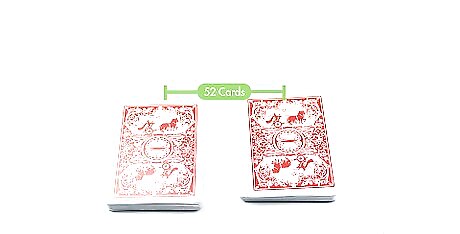
Deal two piles of cards from a deck of 52 into equal piles of 26 each. This is a complete deck without the jokers. You may want to go through the deck beforehand to make sure it's complete and there aren't any duplicates.

Give the spectator one of these piles and you keep the other. If they'd like to have more control, let them pick which pile they want.
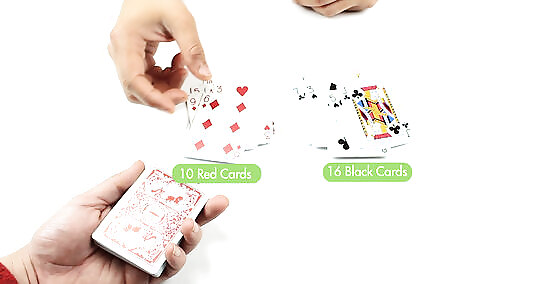
Let the spectator know that you are going to make the number of red cards in your pile equal to the number of black cards in his pile. The mathematics behind this is fairly simple, however, most people will not think beyond the trick, or try to figure it out. The catch of this trick,is that any deck of cards in which you deal out two piles of 26 cards will ALWAYS have one pile of red cards equal to the black cards in the other pile. For example, if your pile of 26 cards has 10 red cards, then the remaining 16 cards must be black. Therefore, the spectator's pile of 26 cards MUST contain the remainder of 16 red cards (to your 10 red cards) and a remainder of 10 black cards (to your 16 black cards). So, as can be seen, the number of red cards in your pile (10) equals the number of black cards (10) in the spectator's pile. And, of course, the reverse is true: The number of black cards (16) in your pile, does equal the number of red cards (16) in the spectator's pile. Pile A always equals pile B in terms of red and black cards.
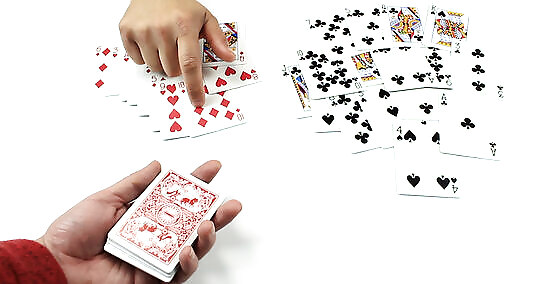
Make the trick interesting by building it up any way you desire. This presents more of a show and gets the spectator more entertained and intrigued, not knowing how you do it. Make it interesting and fun by being dynamic and exciting yourself. You can vary this trick by making three piles, and it will add another dimension to the overall effect by creating a diversion. Then, you might say that the number of red cards in your 2 piles will equal the number of black cards in their single pile.
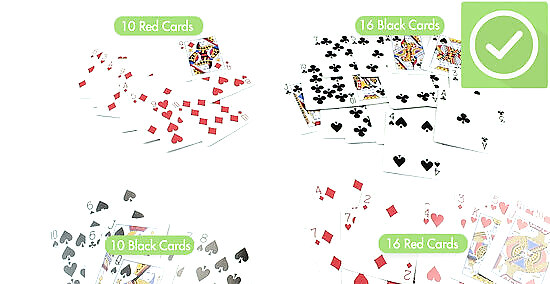
Amaze them with your magic trick. Have your spectator flip over their cards and then slowly, dramatically, flip over yours. Wave your hands a little, indicating the magic air you've cast over the deck. How did you do it? You'll never tell. And can you do it twice in a row? Why, yes. Yes, you can. Would they like to see?













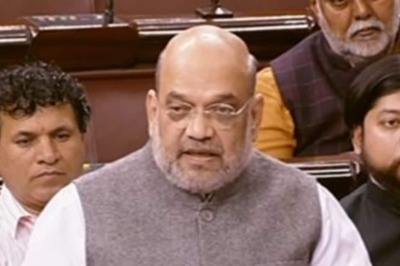


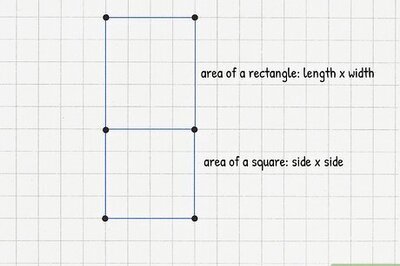


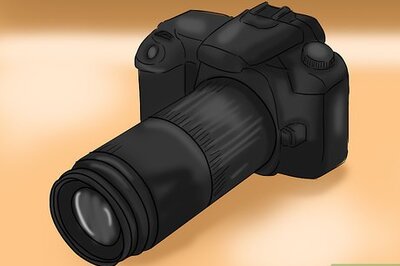
Comments
0 comment